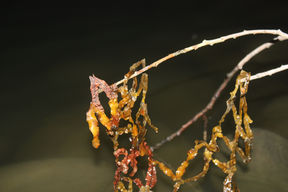
Algae Network is a reflective material exploration which observes the complex relationship humans have with the sea. The work focuses on a specific type of algae, fucus vesiculosus, or Bladder wrack, a key species in the Baltic Sea. Unsustainable fishing practices and bottom trawling have been known to destroy marine life habitats, leaving the ocean floor barren and scarred. The development of modern fishing equipment has bypassed the needs of nature, aiming only for cost-efficiency and profit. However the tradition of net weaving by hand is a disappearing craft, classified as valuable maritime cultural heritage.
Process
In an attempt to control the ocean, I try to shape the seaweed into orderly nets, using the natural symmetry of the wild seaweed to my advantage. As the process goes on, I end up domesticating, drying and ultimately killing my non-human co-worker. The net is then taken back to the murky waters of the Baltic, where it rehydrates and dissolves into small disconnected pieces. This act can be seen as the resurrection, or feralization of the seaweed. The process is documented in photographs and tangible diary notes.
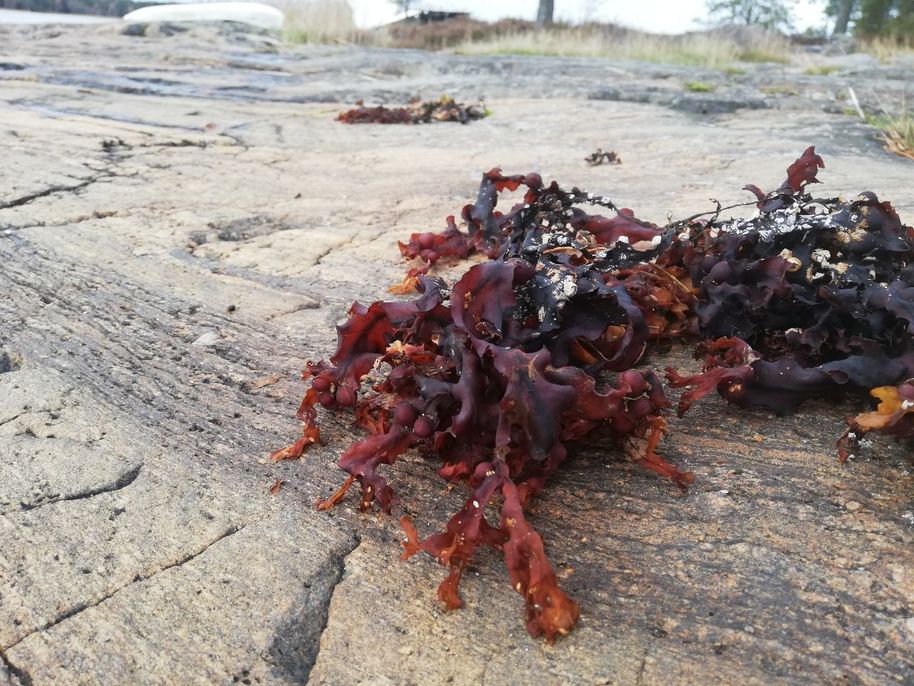
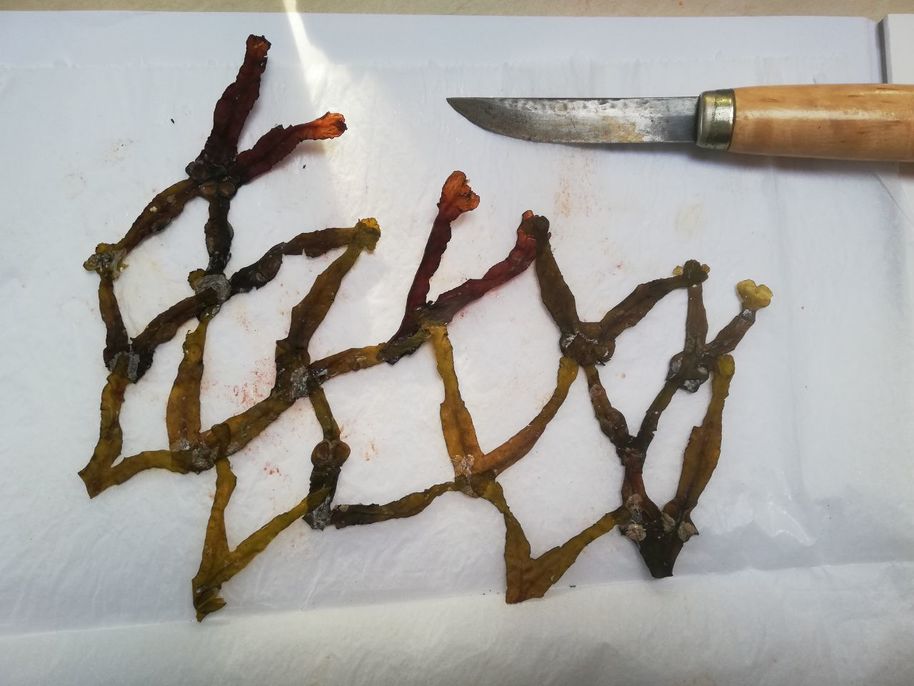
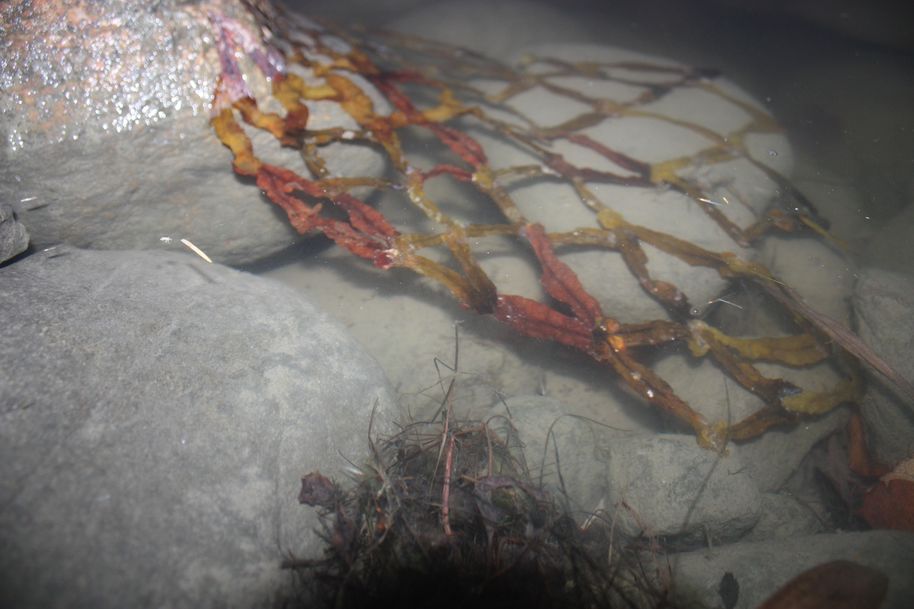
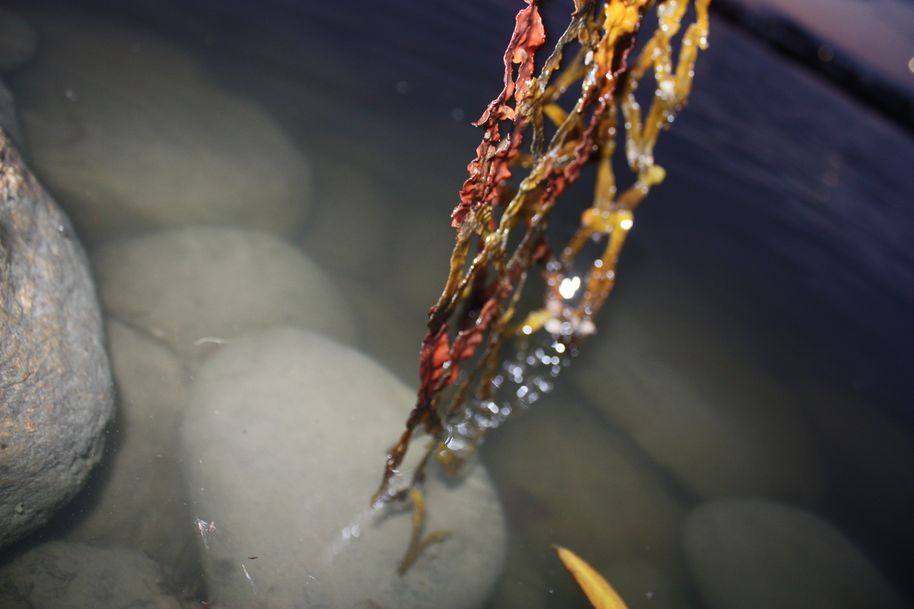
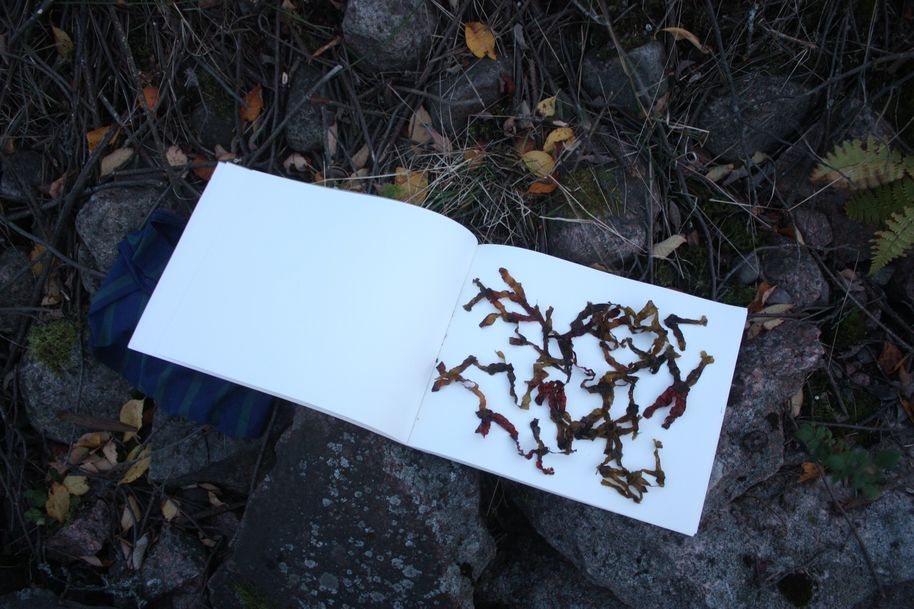
Materials
Fucus vesiculosus, methyl cellulose (MC)






